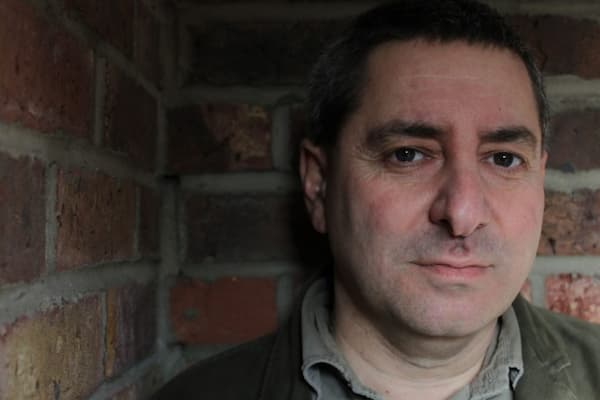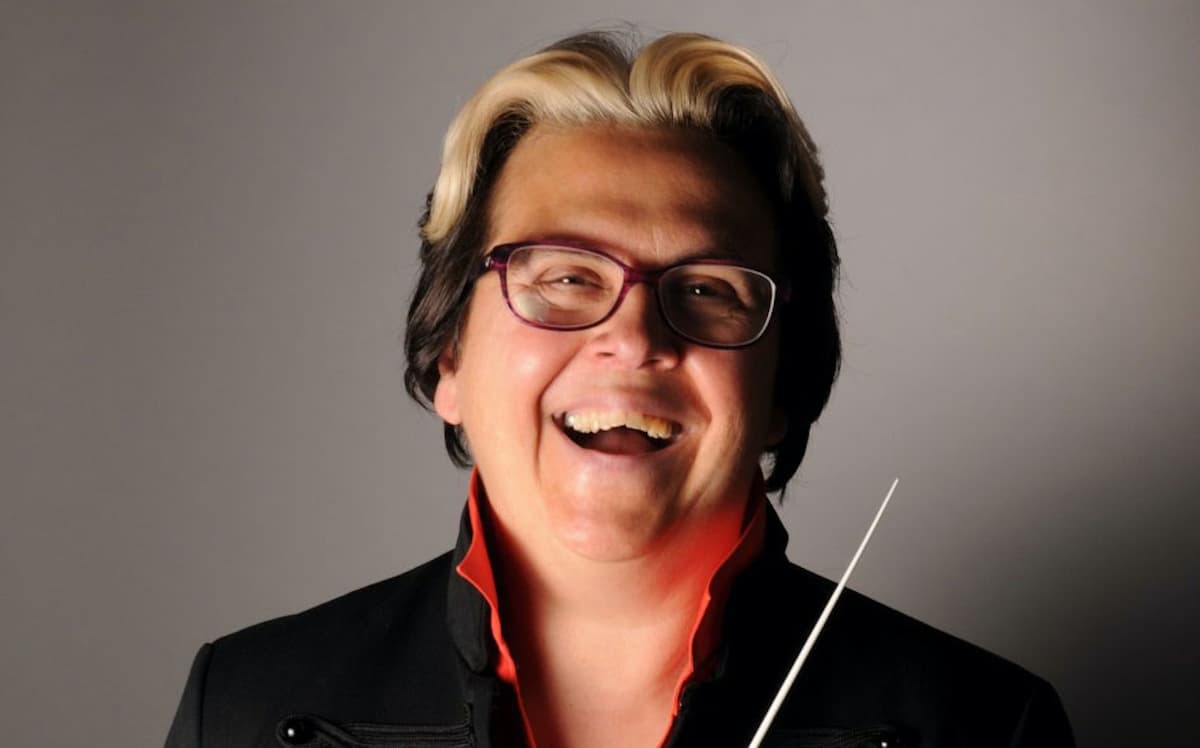Singaporean composer Kelly Tang (b. 1961) was given the first commission by the Foundation for Arts and Social Enterprise for its Music Commissioning series, encouraging the creation of new music in Singapore.
The commission came in 2020, in the middle of lockdown and in the middle of a medical emergency for Mr. Tang. He had a stroke, and he credits the commission for giving him something as a goal; something to strive for as he made his recovery. Tang said that the act of making music was a lifesaver for him.
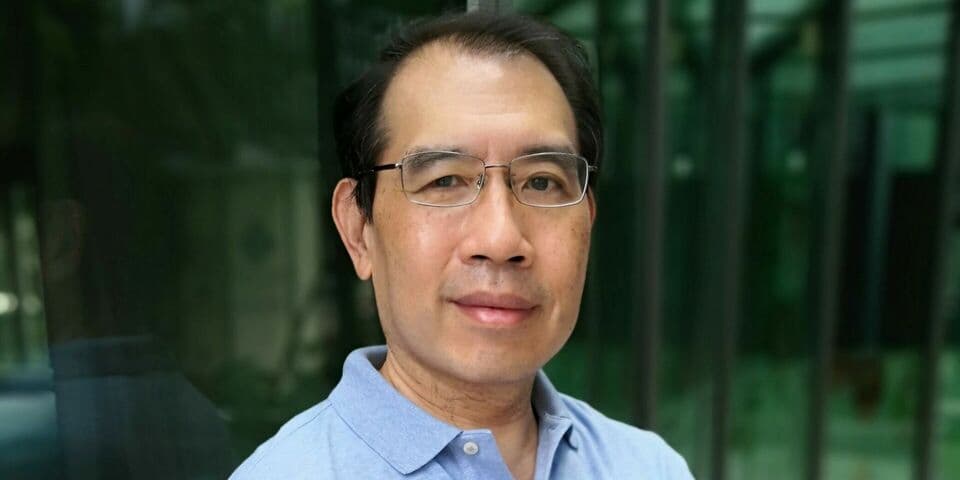
Kelly Tang
His work, Movements in Time–Artworks from the National Gallery, drew inspiration from 5 iconic artworks in the National Gallery of Singapore. He chose works from a variety of genres: a painting, a photograph, a textile, a sculpture, and a batik, all of which represent different communities in multi-cultural Singapore.
The painting is Chua Mia Tee’s Epic Poem of Malaya. A group of students gathers around a leader who is reading aloud a poem about Malaya. Behind him are dark clouds. The leader is caught up in the emotion of the poem, gesticulating to evoke the poem’s call to nationalism. Behind him, the dark clouds are parting to show the blue skies of the future. The painting from 1955 captures a point in time when Singapore wasn’t a city of glass and skyscrapers but of low buildings and bicycles.
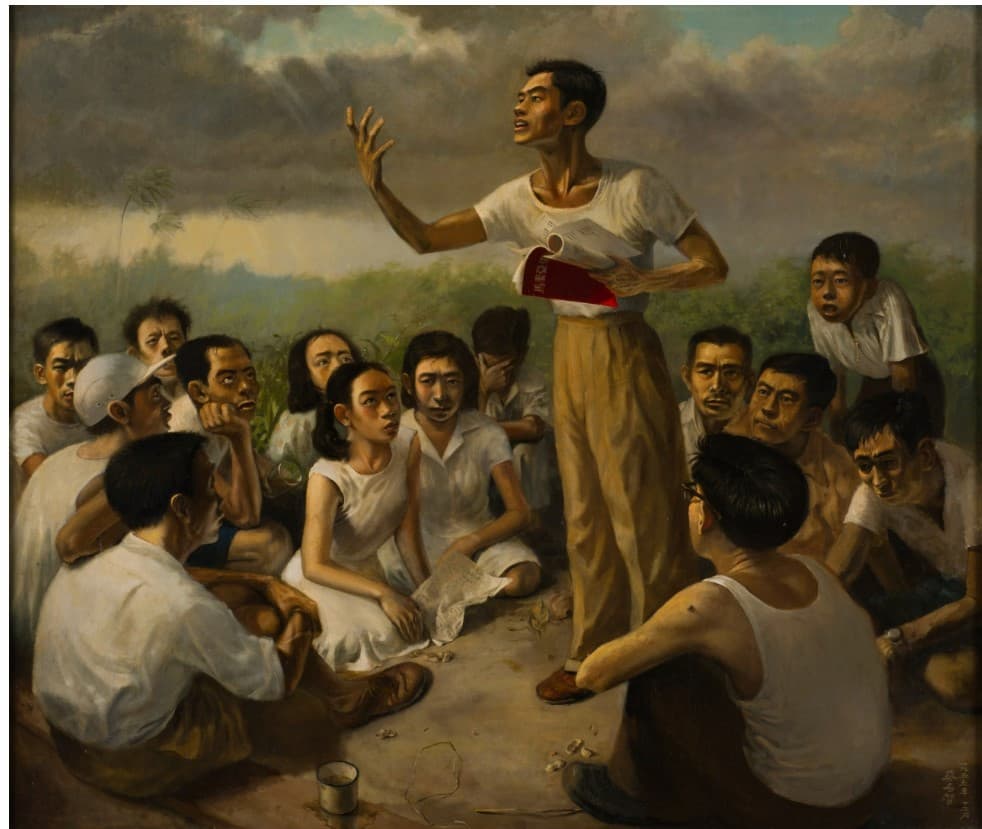
Chua Mia Tee: Epic Poem of Malaya, 1955 (Singapore, National Gallery)
The sculpture is from Han Sai Por’s Extinction series, showing organic forms that could, at the same time, seems very strange. Extinction Series 11 and 12 look like a dried coral structure with nascent fingers. All very organic and naturalistic, but foreign, even alien, at the same time. Although the piece looks like ceramic, it is actually created from textured granite.
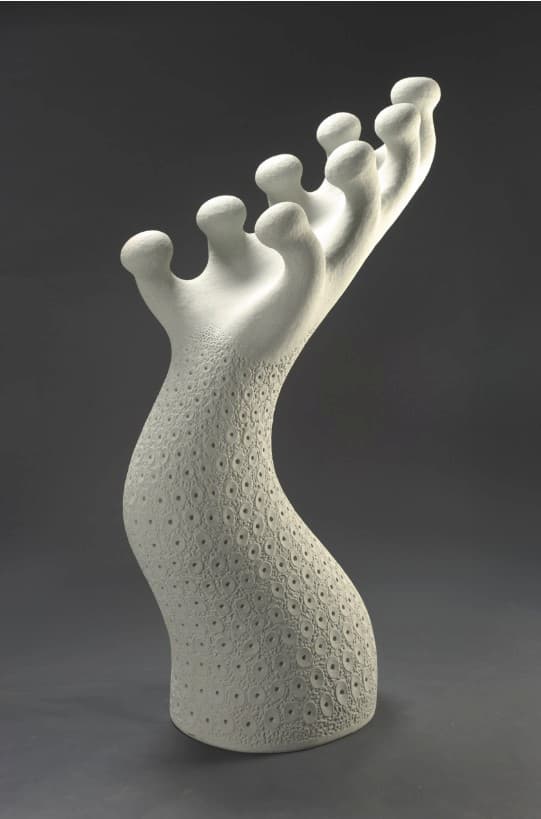
Han Sai Por: Extinction Series 11 and 12, 2009 (Singapore, National Gallery)
The elements of concentration, peace, and calm come from Eng Tow’s 1979 textile work, Bowls, where shadows and lines create convex and concave images. For Tang, the element of contrast in the work is important.
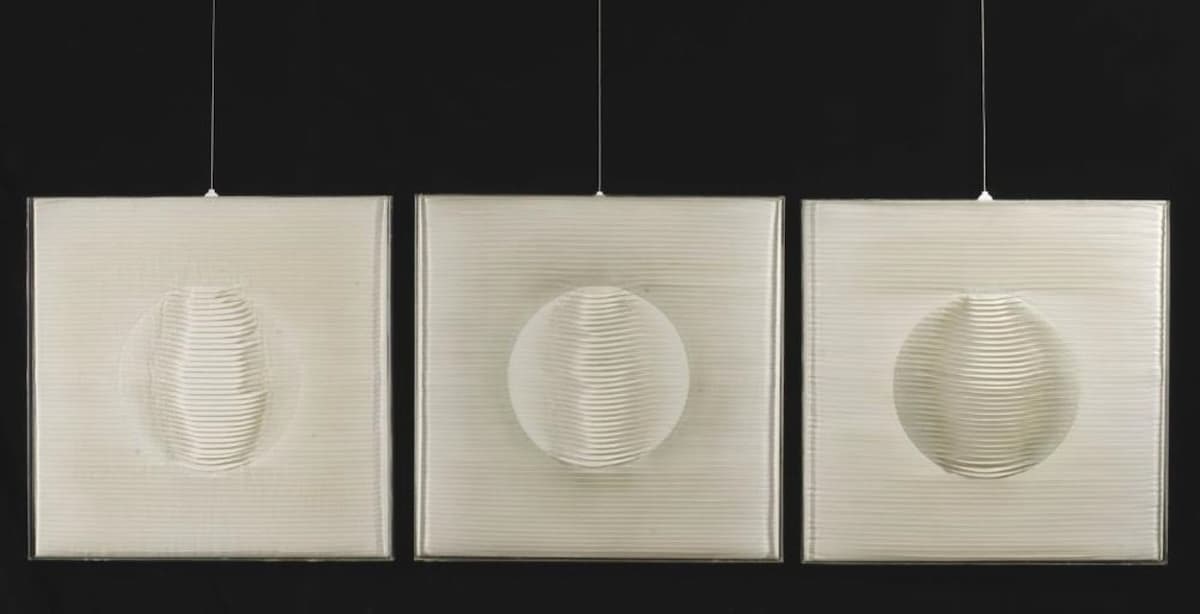
Eng Tow: Bowls, 1979 (Singapore, National Gallery)
Batik artist Sarkasi “Tzee” Said (1940–2021) created extraordinary batik works based on traditional and organic motifs. Tang reads both joy and passion in this work. He also sees in its extremes of colour some of the diversity that surrounds him in Singapore.
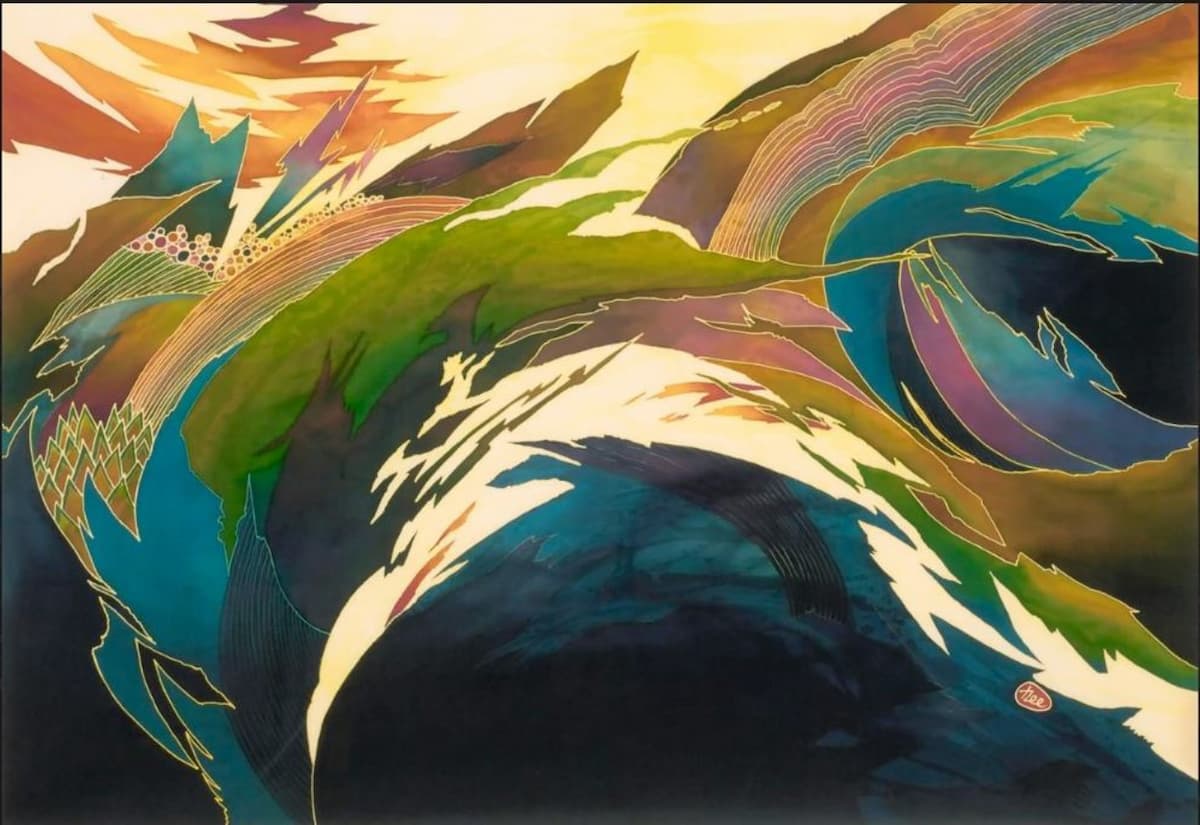
Sarkasi “Tzee” Said: Voices of the Soul, n.d. (Singapore, National Gallery)
Photographer Simryn Gill took pictures between 2000 and 2003 of abandoned projects in Malaysia, victims of the 1997 Asian financial crisis. In Standing Still #28, a plot of land is ready for construction that has gone away long ago. Abandonment, lost potential, and a useless reality all come to the fore in one image.
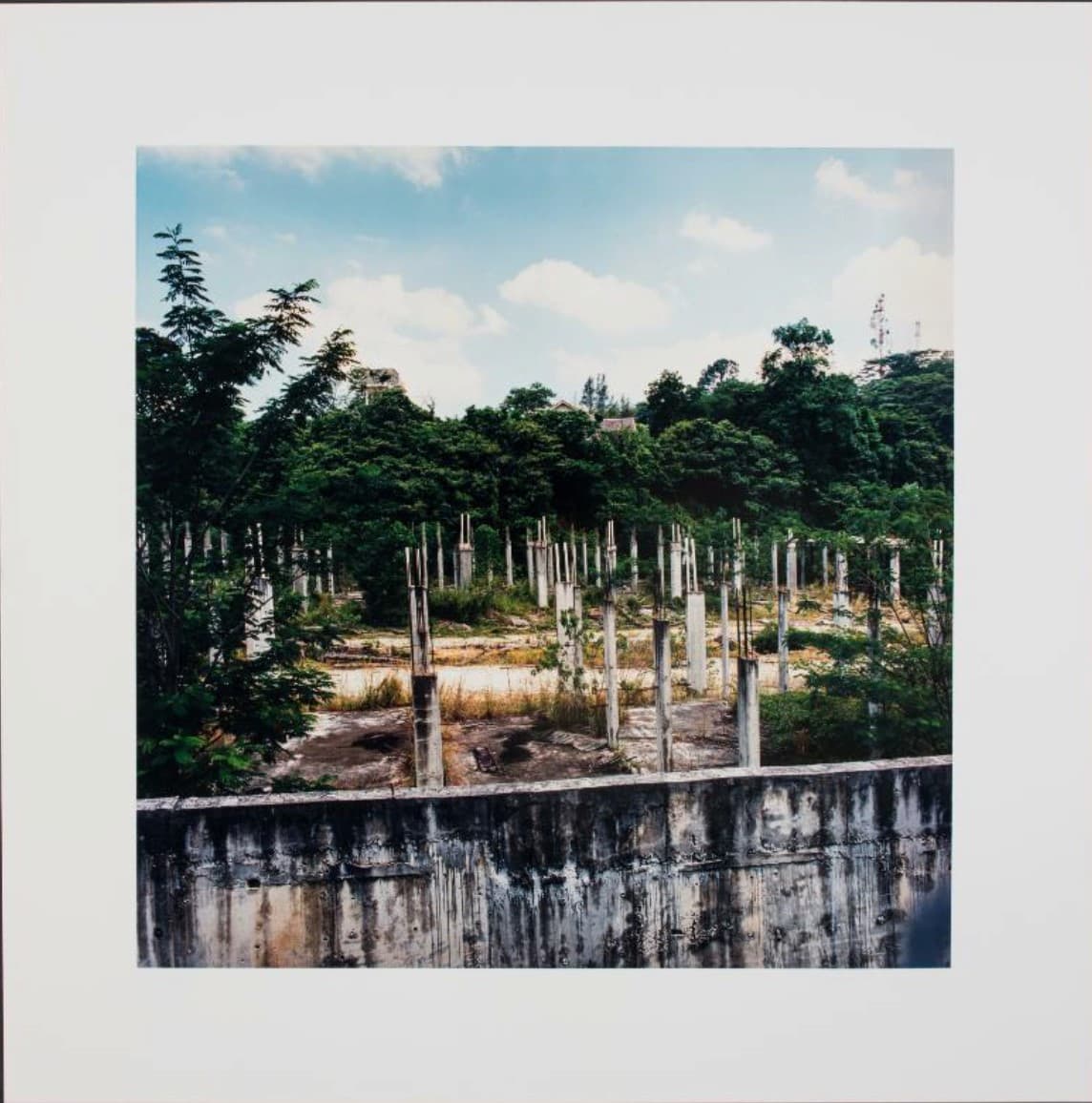
Simryn Gill: Standing Still #28, 2000–2003 ((Singapore, National Gallery)
It’s unusual for a composer to use this variety of artists and artistic genres as inspiration in one work. However, as Mr. Tang noted, ‘I chose visual artworks as my source of stimuli because I have an interest in visual culture, and I wanted to look for something that people can easily find and see; hence my choice of works is from a public space like the National Gallery Singapore’. Every artwork represents the values he sees as important to Singapore, from a sense of community to a sense of joy, from the idea of calm and peacefulness to confronting the fear of being abandoned. Each artwork, to Mr. Tang, has something important to say, and, almost more importantly, has music in what it says.
We spoke about writing music under lockdown. For someone like Mr. Tang, for whom music in an environment is important when the environment is closed, you create your own. In the artworks as well, the environment is important. He sees in the artworks something about the community that they were created for, the communities and diversity present in Singapore, and a certain musicality in what they present.
Kelly Tang
Movements in Time — Artworks from the National Gallery
World Premiere: Metropolitan Festival Orchestra under Chan Tze Law
24 June 2023
Esplanade Concert Hall
For more of the best in classical music, sign up for our E-Newsletter

